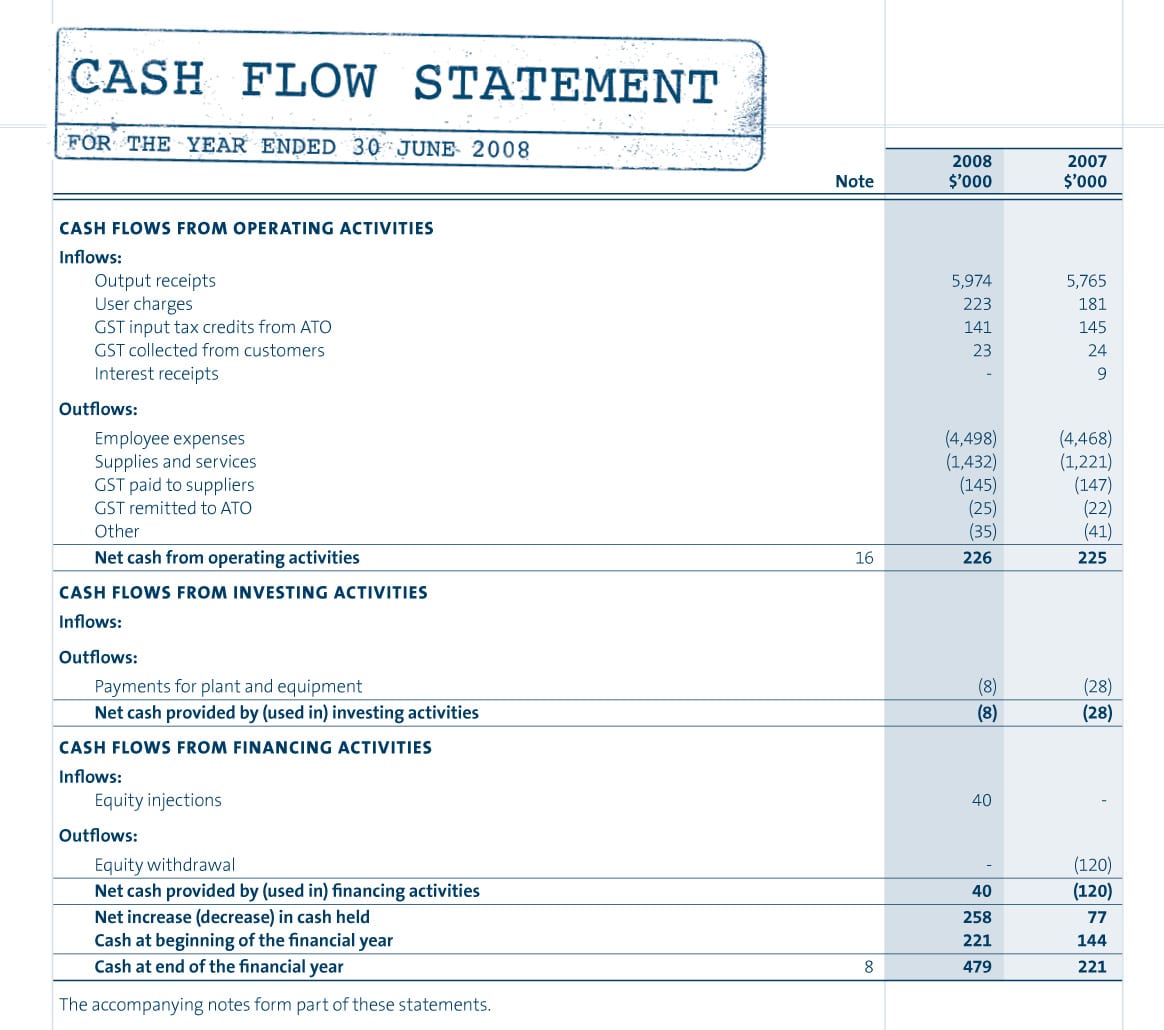
That portion that will be paid in the next 12 months is referred to as CPLTD, and that portion is deducted from Noncurrent Liabilties and added to Current Liabilities. Interest is not considered debt and will never appear on a company’s balance sheet. Instead, interest will be listed as an expense on the company’s income statement.
Current Portion of Long-Term Debt (CPLTD) Video Explanation

Pretend a construction company borrowed $200,000 from a bank to finance the purchase of a new piece of equipment. The $200,000 loan has an interest rate of 5% and is amortized over 10 years. Using a loan payment calculator, this comes to a total monthly payment of $2,121.31. It is possible for all of a company’s long-term debt to suddenly be accelerated into the «current portion» classification if it is in default on a loan covenant. In this case, the loan terms usually state that the entire loan is payable at once in the event of a covenant default, which makes it a short-term loan. For the company, CPLTD reveals how much cash they need to allocate for debt repayment in the coming year, which can affect operational decisions, such as budget allocation or investment planning.
Other Relevant Terms
For the past 52 years, Harold Averkamp (CPA, MBA) has worked as an accounting supervisor, manager, consultant, university instructor, and innovator in teaching accounting online. CFI is the global institution behind the financial modeling and valuation analyst FMVA® Designation. CFI is on a mission to enable anyone to be a great financial analyst and have a great career path. In order to help you advance your career, CFI has compiled many resources to assist you along the path. For example, if a company breaks a covenant on its loan, the lender may reserve the right to call the entire loan due. Notice that, when CPFA is added to the balance sheet, as seen in Exhibit 1, each liability is now properly matched with the asset that it finances and that will repay it.
Examples of Current Portion of Long Term Debt
As a result of this higher CPLTD, the company was on the verge of defaulting. According to simply wall.st, SeaDrill proposed a debt-restructuring plan to survive the industry downturn. As per this scheme, the company plans to renegotiate its borrowings with the creditors and has a plan to defer most of its CPLTD. A look at how cash flows in cycles reveals the unique contributions of the approaches. The “current portion” of the taxi, the CPFA, thus is $5,000 (or $25,000 divided by five years).
Financial ratios are a way to evaluate the performance of your business and identify potential problems. Each ratio informs you about factors such as the earning power, solvency, efficiency and debt load of your business. At the start of year 1 the balance of the debt is 5,000, after adding interest of 300 (5,000 x 6%) and making a repayment of 1,871 the balance of long term debt at the end of year 1 is 3,429. It tracks the current portion of debt vs. non-current portion debt of Exxon for the past five years.
- Businesses group their debts, otherwise called liabilities, as current or long term.
- However, that approach implies that CPLTD will be repaid from the conversion of current assets into cash.
- To illustrate how businesses record long-term debts, envision a business takes out a $100,000 loan, payable north of a five-year period.
- CPLTD is a crucial indicator of a company’s liquidity and financial health.
- Long-term debt refers to any financial obligations that are due over a period longer than one year.
Applications in Financial Modeling
For instance, on the off chance that a company breaks a covenant on its loan, the lender might reserve the right to call the whole loan due. In this case, the amount due automatically changes over from long-term debt to super bowl 2020 data. For example, if a company breaks a covenant in its loan, the lender may reserve the right to call the entire loan due. In this case, the amount due automatically converts from long-term debt to CPLTD. The finance term “Current Portion of Long Term Debt” (CPLTD) is important as it refers to the section of a company’s long-term debt that is due within a year. For the past 52 years, Harold Averkamp (CPA, MBA) hasworked as an accounting supervisor, manager, consultant, university instructor, and innovator in teaching accounting online.
As the company pays down the debt each month, it decreases CPLTD with a debit and decreases cash with a credit. For instance, assuming the company needs to pay $20,000 in payments for the year, the long-term debt amount diminishes, and the CPLTD amount increases on the balance sheet for that amount. As the company pays down the debt every month, it diminishes CPLTD with a debit and diminishes cash with a credit.
However, that approach implies that CPLTD will be repaid from the conversion of current assets into cash. From a cash flow perspective, there is no impact on whether debt is classified as a current liability or non-current liability. In financial modeling, it may be necessary to produce a full set of financial statements, including a balance sheet where the current portion of long-term debt is shown separately. Current Portion of Long Term Debt (CPLTD) represents the portion of a long term loans principal balance that will be paid during the coming 12 months if the minimum required payments are made.
Current liabilities are those a company causes and pays inside the current year, for example, rent payments, outstanding solicitations to sellers, payroll costs, utility bills, and other operating expenses. Long-term liabilities incorporate loans or other financial obligations that have a repayment schedule enduring north of a year. In the end, as the payments on long-term debts come due inside the next one-year time span, these debts become current debts, and the company records them as the CPLTD. To illustrate how businesses record long-term debts, imagine a business takes out a $100,000 loan, payable over a five-year period.
Businesses classify their debts, also known as liabilities, as current or long term. Current liabilities are those a company incurs and pays within the current year, such as rent payments, outstanding invoices to vendors, payroll costs, utility bills and other operating expenses. Long-term liabilities include loans or other financial obligations that have a repayment schedule lasting over a year. Eventually, as the payments on long-term debts come due, these debts become current debts, and the company’s accountant records them as the CPLTD. Businesses group their debts, otherwise called liabilities, as current or long term.
A company can keep its long-term debt from ever being classified as a current liability by periodically rolling forward the debt into instruments with longer maturity dates and balloon payments. If the debt agreement is routinely extended, the balloon payment is never due within one year, and so is never classified as a current liability. Essentially, it gives both the company and potential investors a clearer picture of the company’s immediate financial obligations and its capacity to meet those obligations.


